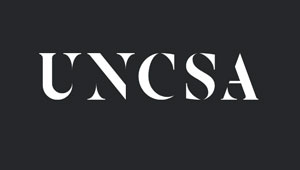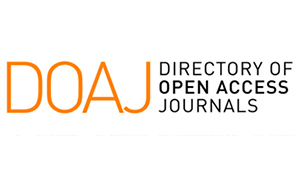Carmen Vanessa Guzmán Ferrer
DOI: 10.59427/rcli/2024/v24cs.435-444
The conception of accessibility for people with disabilities in public space has varied over time, so that the inclusion and understanding of this term has different contributions and evolution according to different perspectives of authors and studies. Therefore, this article aims to know the perspectives of universal accessibility in its different stages and approaches of study over time, applied to public space; understanding it as an evolving and prospective process. Through the bibliographic review, a qualitative methodology is used, executed in three phases (bibliographic search, evaluation and organization of the information), identifying different models of disability defined by authors and organized through time, relating to the conception of accessibility starting with gerontological studies up to a social vision and culminating as part of human rights and the term “inclusion” and “design for all”, being applied in turn in more human perceptions of public space towards the XXI century. There is a direct relationship between conceptions of disability and the understanding of accessibility in public spaces, crossing over to various spheres of life in favor of the autonomy and safety of all people.
Pág 435-444, 18 En








